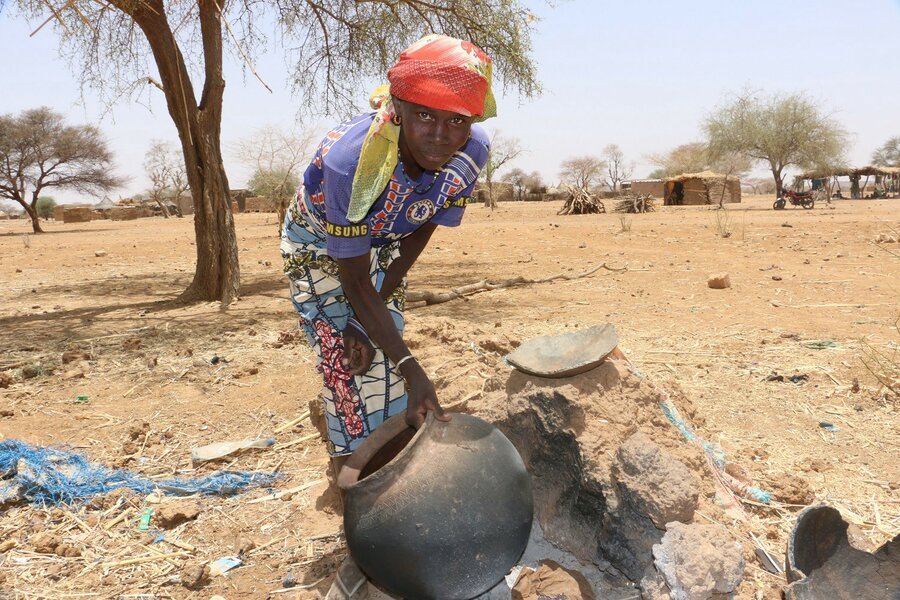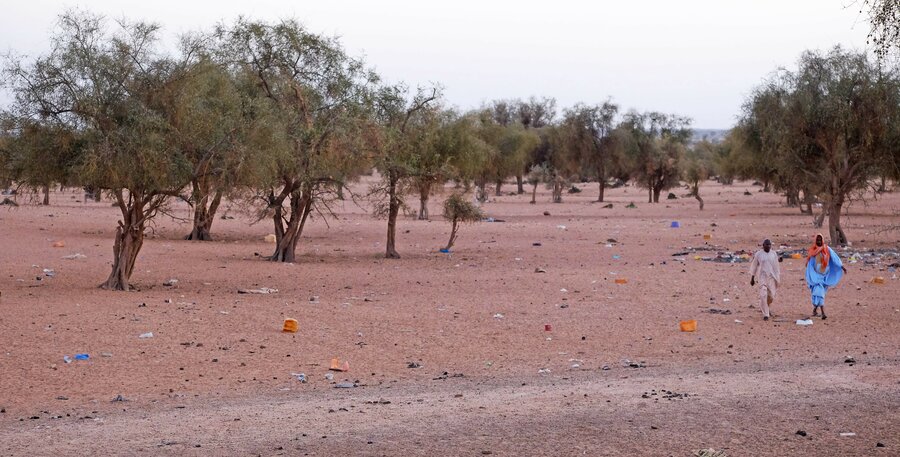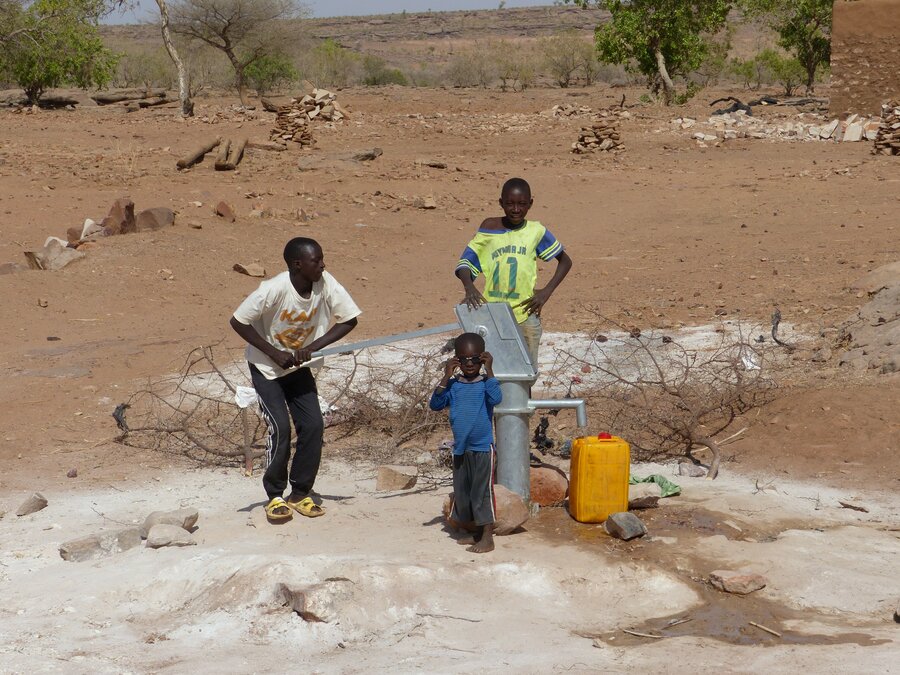6 things to know about the worrying situation gripping West Africa’s Sahel

1. The Sahel is an arid belt of land below the Sahara Desert that stretches across Africa, from Senegal in the west to Djibouti in the east. It is prone to drought and food and nutrition crises that are linked to climatic shocks and underdevelopment. During a major drought, humanitarian needs flare up. This year, six countries concentrated in the western side of the continent — Burkina Faso, Chad, Mali, Mauritania, Niger and Senegal — are of greatest concern. Erratic rainfall in 2017 ruined the harvest, decimated livestock and affected livelihoods; this has led to the early onset of the hunger season.
2. Food security analysts say this is worst lean season in four years. People have run out of their food stocks much earlier than anticipated. Without support, people will have to go for longer without adequate food and nutrition. It also means that people will be forced to sell their assets like livestock on the cheap, reduce the number of meals they eat, and migrate to towns and regions earlier than usual. Cereal prices are high, making food inaccessible for the poorest. This has already been seen in villages such as here in Mauritania.
3. More than five million will need food assistance during the lean season — a number that is only set to rise as new assessment results come in. Up to five million children risk suffering from acute malnutrition, including 1.6 million who are at risk of severe acute malnutrition. About 2.5 million agro-pastoralists and pastoralists will need support to rebuild their livelihoods.

4. High numbers of people facing food shortages. Children suffering or at risk of malnutrition. Herders losing cattle. None of this is new to the Sahel. What is different this time is that the acuity of the suffering has intensified because the context has changed; Conflict and insecurity, including extremism, is making the situation harder. Fighting and insecurity are uprooting thousands. This story of people
displaced in Mali's Timbuktu region is a stark example. Refugees in particular are hit by a double burden. Young people are at risk of radicalization and joining militant groups that operate in some countries. The presence of armies, armed groups, and the restrictions of movements often imposed by these forces and governments mean that traditional ways of survival are more complicated. Even aid workers cannot often reach people as they used to.
5. To save lives and avert a catastrophe in the Sahel, action is needed now. WFP and partners have started responding. Food is arriving and is being moved to places where it is needed. It is a race against time to buy food and nutrition supplies and move them into remote locations where they will be needed before rains start and roads become impassable. Where markets are functioning, WFP is also distributing cash. WFP urgently requires US$165 million to meet the needs of 3.5 million people. Without it, WFP and partners will be forced to prioritize some families and reduce rations, leaving behind a significant portion of vulnerable people.

6. Saving lives now is an imperative. But without tackling the root causes of the chronic problems in the Sahel — poverty, population growth, a lack of adequate agricultural policies, and climate change — there will continue to be crises. The United Nations has been urging for action that integrates humanitarian and development assistance as well as peace-building efforts. WFP is working with governments and partners to develop resilience programmes across the Sahel. The plan is to create one million jobs across the region, restore five million hectares of degraded land, generate an extra two million tonnes of farm produce, and reduce unsafe migration in at least 70 percent of the communities within 6 years. The annual cost to uplift more than 5 million people across the Sahel is US$ 600 million.
WFP would like to thank the following donors who have contributed to its lean season emergency response: AfDB, Canada, DFID and ECHO, France, Germany, Japan, Monaco, Switzerland, UN CERF and USAID. WFP's response in the Sahel is also supported by multilateral contributions and contributions to WFP's Immediate Response Account, from donors including Switzerland and Belgium.
Written by George Fominyen
